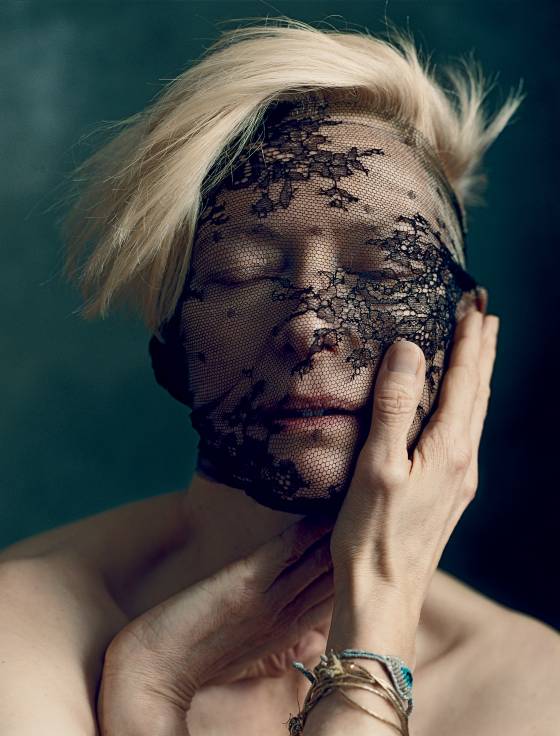
Dailies is a round-up of essential film writing and other highlights from our colleagues across the Internet — and, occasionally, our own writers. If you’d like to submit a piece for consideration, get in touch with us in the comments below or on Twitter at @TheFilmStage.
Celebrate the legacy of Mickey Rooney, who passed away at the age of 93, with an extensive 45-minute interview from 2010, as he discusses his career and more:
The Dissolve crew reflects on the changing shape of science-fiction movies:
We’re far removed now from the glory days of science-fiction filmmaking—which Keith has been covering so thoughtfully in his Laser Age column—and the persistent gripe I’ve heard over the years is the paucity of good, true science fiction onscreen. It’s more common—on a big scale, anyway—to see effects-driven space adventures rather than think-pieces. There are plenty of relatively recent exceptions worth exploring—Primer, Moon, Inception, and Steven Soderbergh’s Solaris immediately leap to mind—but maybe the two best films I’ve seen in the last year, Spike Jonze’s Her and Jonathan Glazer’s Under The Skin, suggest a possible trend in development. We live in an era when technology has quickly, dramatically altered the way we communicate (he said, typing these words into a shared Google document), and it’s in times like these that science fiction can comment on how it feels, and perhaps speculate on the road ahead. Herand Under The Skin are vastly different animals: The former is a 21st-century love story set in the not-too-distant future, and it’s as much about relationships and divorce as it is about changing times. The latter is about an alien in contemporary Scotland, and it feels like a companion to (and departure from) the great 1976 Nicolas Roeg filmThe Man Who Fell To Earth.
 Carl Swanson profiles Tilda Swinton at Vulture:
Carl Swanson profiles Tilda Swinton at Vulture:
It was well before eight on a Thursday in March, and onstage at Joe’s Pub, cocktail in hand and wearing a pleated lavender dress, was Justin Vivian Bond, the post-gender cabaret performer and a good friend to the better known. “When I was younger, I never drank gin, because it would make me mean,” Bond drawled. “But now I’m older and I can’t tell the difference.” Earlier, Bond had joked about how a performance at that twilight hour at Joe’s Pub is a “matinée,” and swung into what seemed to be the evening’s theme song about “night people”: “Before the sun, can spoil the fun … we’re night people.” Then Tilda Swinton walked in, perhaps the ultimate night-people hero. She was, in fact, a bit late, coming from a taping of Late Night With Seth Meyers, where she was promoting a vampire movie, a very stylish one, Only Lovers Left Alive, which the director Jim Jarmusch had made with her and in some ways about her. Or about the two of them, since the movie is a portrait of an ageless haute-bohème pair who live in a perpetual state of artistic and philosophical vanguard glamour.
At BFI, Pasquale Iannone reflects on childhood portrayed in film:
Cinema’s fascination with childhood is as old as the medium itself, enabling filmmakers to depart from conventional modes of storytelling as they exploit an adult awareness to reflect the undoubted otherness of youthful experience.
Scott Meslow unearths the untold story of The Grand Budapest Hotel‘s Boy with Apple for The Week:
The plot of Wes Anderson’s The Grand Budapest Hotel hinges on a single, much-discussed painting: “Boy with Apple,” a Renaissance masterpiece by the artist Johannes Van Hoytl the Younger. (“The rest of his shit is worthless junk,” confides Ralph Fiennes’ Gustave H.) In reality, “Boy with Apple” isn’t a centuries-old masterpiece by a Czech painter. It was created just two years ago by the acclaimed English painter Michael Taylor. Fortunately, the real-life origin story of “Boy with Apple” is just as interesting as the one presented in The Grand Budapest Hotel. To get the full story on “Boy with Apple,” The Week reached out to Michael Taylor and Ed Munro, the boy who served as the model for the painting. Their combined recollections offer a complete portrait of one of the most memorable MacGuffins in recent movie history.
Watch videos on the work of animation house Laika and the math behind Pixar’s films:

